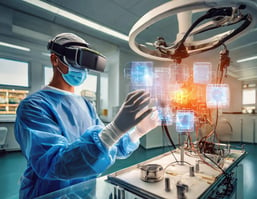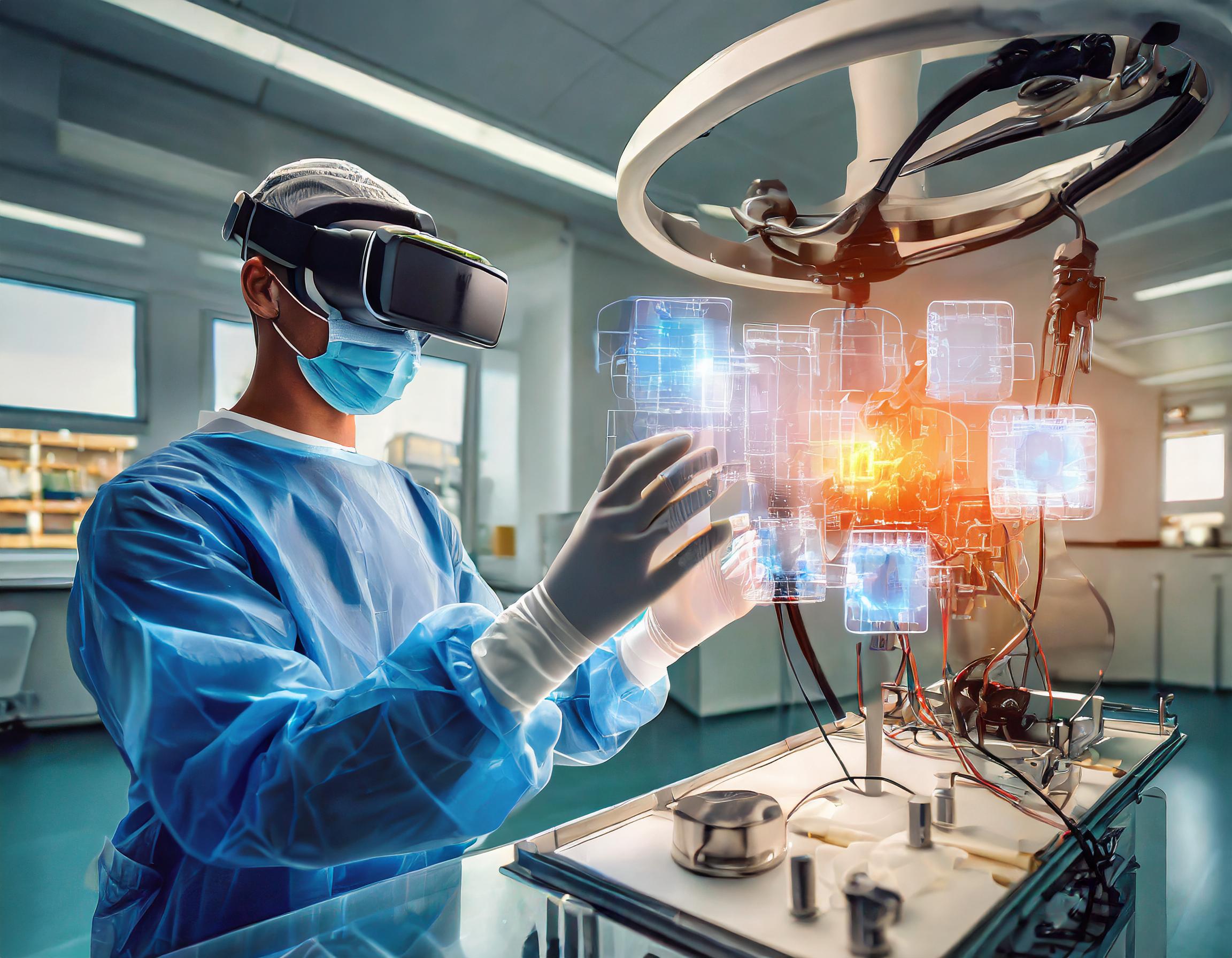Bridging the Worlds of Virtual Reality and Mixed Reality
In the realm of immersive technologies, Augmented Reality (AR) stands out as a versatile and dynamic tool that encompasses both Virtual Reality (VR) and Mixed Reality (MR). While each of these technologies offers unique experiences and applications, AR bridges the gap between the virtual and physical worlds, creating new opportunities for interaction, engagement, and innovation. In this blog, we'll explore how Augmented Reality seamlessly integrates elements of both VR and MR to deliver compelling experiences across various domains.
Understanding Augmented Reality:
At its core, Augmented Reality enhances the real-world environment by overlaying digital information or virtual objects onto the physical world. Unlike Virtual Reality, which immerses users in entirely virtual environments, AR enhances the existing surroundings by adding digital elements in real-time. This integration of virtual and physical elements allows users to interact with both worlds simultaneously, blurring the lines between what's real and what's virtual.
The Relationship with Virtual Reality:
Virtual Reality transports users to entirely digital environments, immersing them in simulated experiences that can range from realistic to fantastical. While VR provides unparalleled immersion and escapism, it disconnects users from the physical world, limiting interactions with real-world objects and environments. Augmented Reality bridges this gap by blending virtual content with the real world, allowing users to maintain spatial awareness while interacting with digital elements.
The Fusion with Mixed Reality:
Mixed Reality combines aspects of both Virtual Reality and Augmented Reality, enabling users to interact with virtual objects as if they were part of the real world. Unlike AR, which overlays digital content onto the physical environment, MR seamlessly integrates virtual objects into the user's surroundings, enabling realistic interactions and spatial understanding. Augmented Reality embraces this fusion by incorporating MR capabilities, enabling dynamic interactions between virtual and physical elements.
 Applications Across Industries:
Applications Across Industries:
Augmented Reality's ability to blend virtual and physical worlds has transformative implications across various industries:
1. Retail and Marketing: AR enables retailers to create immersive shopping experiences, allowing customers to visualize products in real-world environments before making a purchase.
2. Education and Training: AR enhances learning experiences by providing interactive simulations and visualizations that engage students and facilitate hands-on training in fields such as medicine, engineering, and manufacturing.
3. Healthcare: AR applications in healthcare range from surgical assistance and medical training to patient education and rehabilitation, providing innovative solutions to complex challenges.
4. Manufacturing and Maintenance: AR improves efficiency and accuracy in manufacturing processes by providing real-time instructions, overlaying schematics, and facilitating remote assistance for maintenance tasks.
Boston Engineering: Pioneering Augmented Reality Solutions:
Boston Engineering is at the forefront of developing innovative Augmented Reality solutions that leverage the convergence of VR and MR technologies. With expertise in AR software development, spatial computing, and user experience design, Boston Engineering empowers businesses to harness the full potential of AR across various domains. Whether it's enhancing customer experiences, improving employee training, or optimizing operational efficiency, Boston Engineering's AR solutions unlock new opportunities for innovation and growth.
In conclusion, Augmented Reality serves as a bridge between the virtual and physical worlds, encompassing elements of both Virtual Reality and Mixed Reality. By seamlessly integrating digital content with the real environment, AR creates immersive experiences that enhance interaction, engagement, and collaboration across industries. With Boston Engineering leading the way in AR innovation, businesses can leverage this transformative technology to drive innovation, improve productivity, and deliver unparalleled experiences in the digital age.









